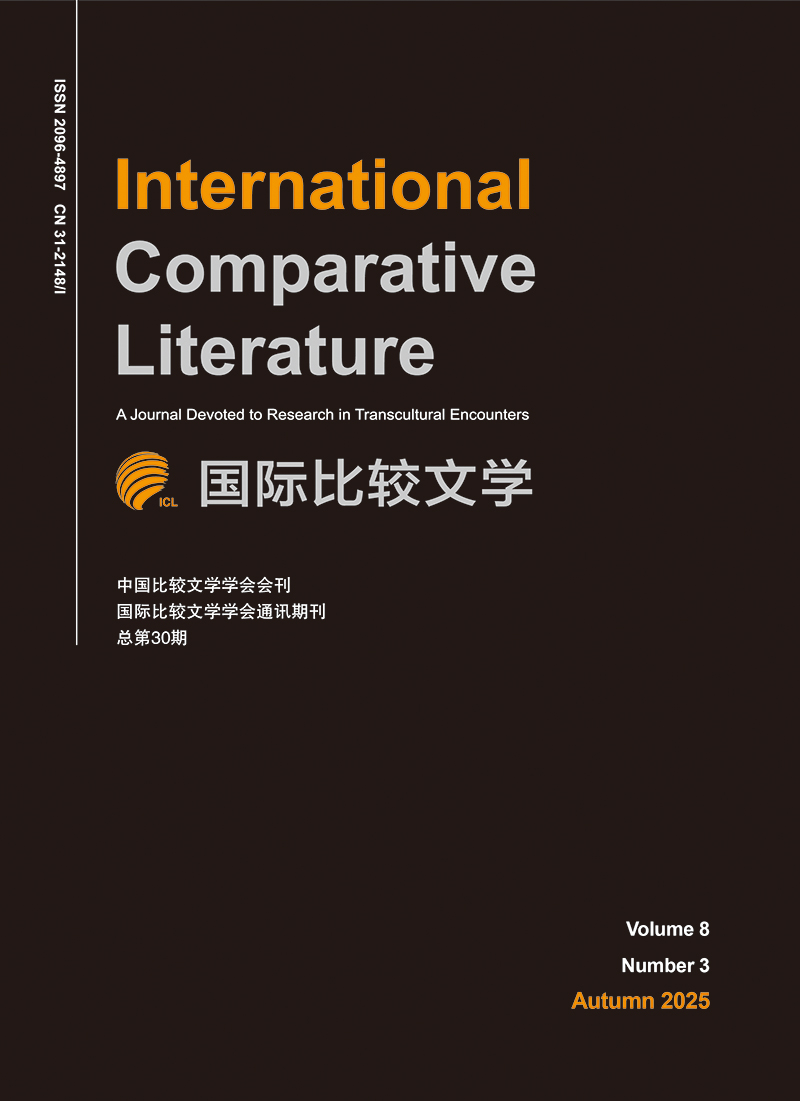2024 Vol. 7, No. 2
Display Method:
2024, 7(2): 5-40.
doi: 10.19857/j.cnki.ICL.20247201
Abstract:
2024, 7(2): 41-57.
doi: 10.19857/j.cnki.ICL.20247202
Abstract:
2024, 7(2): 58-92.
doi: 10.19857/j.cnki.ICL.20247203
Abstract:
2024, 7(2): 93-106.
doi: 10.19857/j.cnki.ICL.20247204
Abstract:
2024, 7(2): 107-119.
doi: 10.19857/j.cnki.ICL.20247205
Abstract:
2024, 7(2): 120-136.
doi: 10.19857/j.cnki.ICL.20247206
Abstract:
2024, 7(2): 137-152.
doi: 10.19857/j.cnki.ICL.20247207
Abstract:


